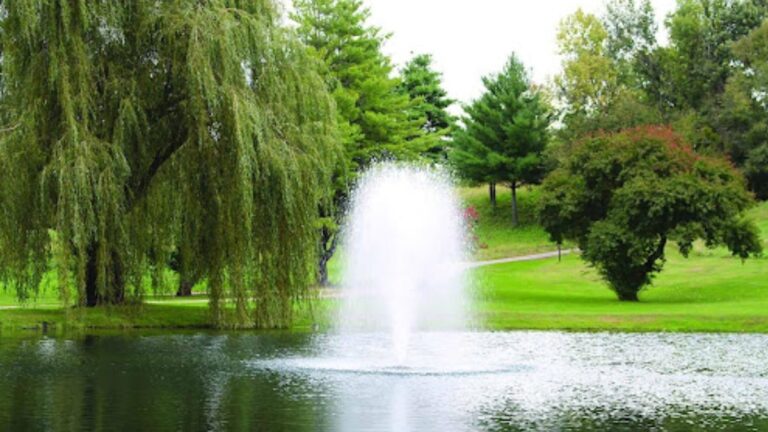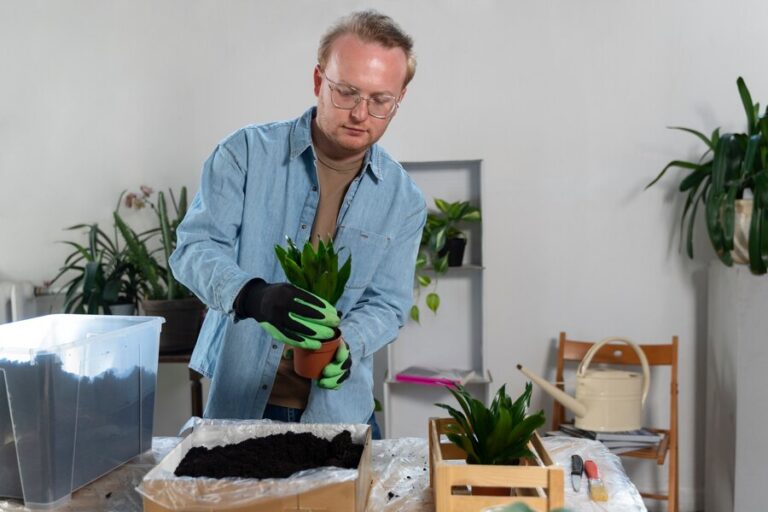4 Acrylic Painting Techniques You Need To Try Today
Acrylic painting has taken the top spot as one of the favourite art forms in recent times. Being less expensive than oil painting, it helps people create detailed art pieces that transcend the confines of the ordinary. On top of that, if it is mixed with new art techniques, you can make art pieces that do not feel ordinary. This article will delve into four acrylic painting techniques you must try today.
The Dry Brush
Paintings with a sense of texture stand apart, lending the work a touch of realism. Try incorporating a dry brush into the mix when using acrylic paint. But remember, the brush should be dabbed in paint before use, and do not wet it with water. This method helps you add texture and colour gradients with quiet ease. If you want your work to have a texture and weathered look that suits your art narrative, then the dry brush technique can help you quickly get there. So, whether you want to add a bunch of grass in your painting of a meadow or create a worn-out brick background for a portrait of a 17th-century king, this technique will serve your purpose the best.
The Beauty Of Glazing
Glazing is an artistic technique with which you can add extra layers of light paint over a finished work to provide a polished and life-like feel. This step lends a breath of life to the artwork, making the work more alive. This method is especially suitable for reproductions of people or landscapes. For example, the human eye is one of the most critical parts of the face that can help express the subject’s emotions. So, with glazing, you can add different colours to the eyes to make them more life-like, thus pushing the envelope of realism as far as possible. Remember to use this technique to use one layer of paint and then let it rest before you apply another layer. This will prevent the colours from being caught up in a mixture of various hues.
The Bold Impasto Technique
Impasto is for the bold artist who does not shy away from using expressive and strong colours to realise their artwork. Impasto uses layers of bold colours to render the work a three-dimensional essence, suitable for landscapes or simply portraying the natural elements. For example, while painting a mountain scenery, you can start by using a dark background. Then, select a different colour for the mountain, add the most profound possible shade of the colour, and continue by adding lighter and lighter tones, which helps add an essence of depth. So, if you want to add a sense of drama to your work, this technique can help you achieve just that.
Portray Nature With Wet-On-Wet
This is specifically for someone who loves to bring the beauty of nature onto their canvas. The Wet-on-wet technique is one of the best possible ways you can add colour gradients to your natural scenery. It is best suited for painters trying to re-capture the beauty of the sky, the river or forests, which tend to have different shades of the same colour. The technique involved adding colour to an already wet or coloured surface so that the gradient can be quite nicely expressed. Although it requires careful consideration since you want to avoid colour bleeding affecting your art piece, with enough practice, you can quickly nail the nuances of the technique and modify it according to your desired work.
Acrylic painting is one such art form that opens up an entirely new world of possibilities. When working with acrylic paint, you can easily follow these four tips to lend your art a sense of uniqueness. These techniques are not niche which helps you to easily use them based on your preferences and art style. So, the next time you paint, incorporate these techniques and see your artwork emancipate your vision in a new way.







